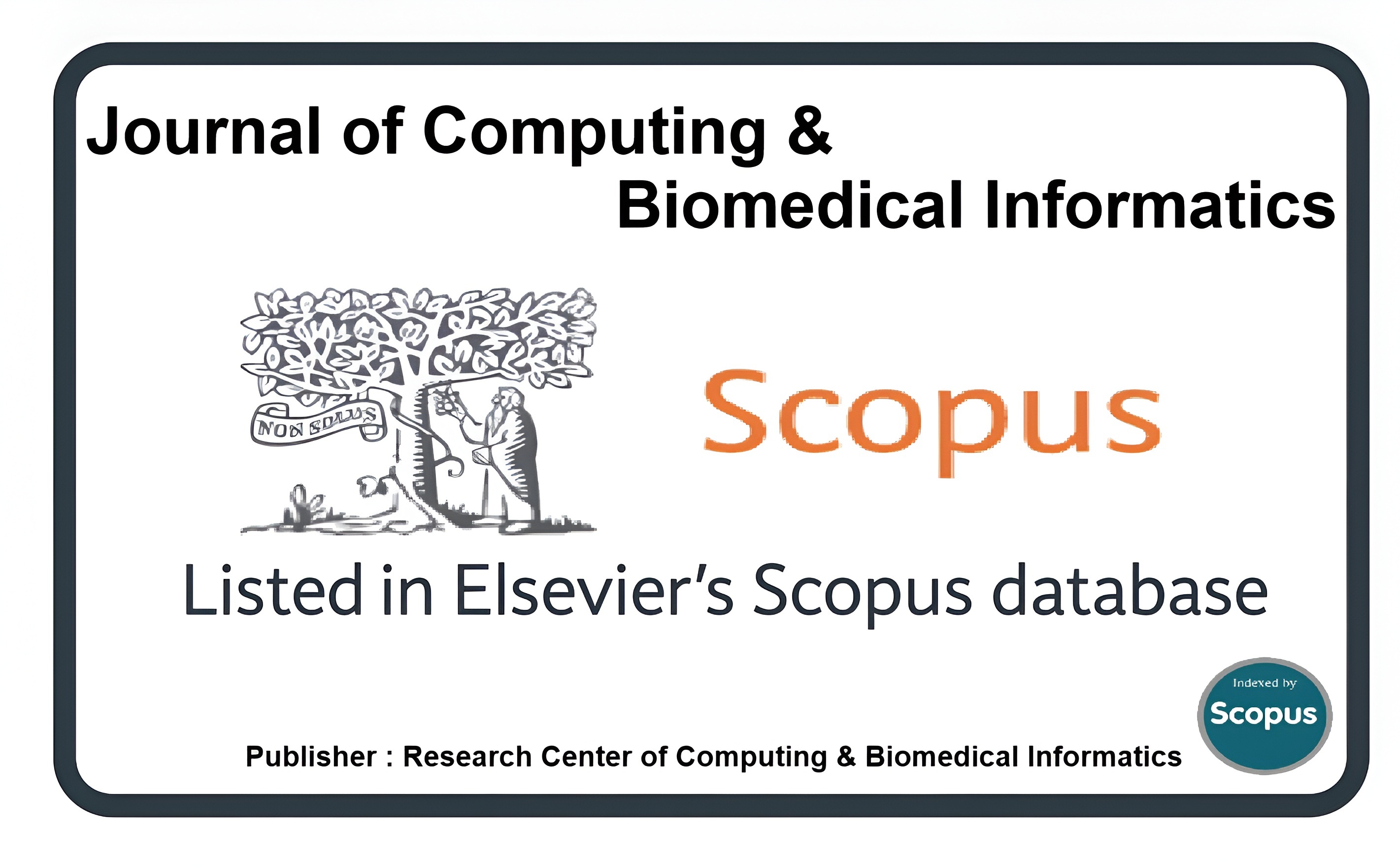AI Credit: Machine Learning Based Credit Score Analysis
Keywords:
Credit score, Bagging and Boosting, Machine learning, BankruptcyAbstract
Statistical credit rating indicates whether a person is able to pay his debts or not. In this study, the effectiveness of different machine learning (ML) classifiers for credit scoring and bankruptcy prediction is investigated and compared. The main advantage of this system is to reduce the risk of financial crisis and bankruptcy. This will help applicants who wish to find out if they are qualified for credit and how much they are capable of receiving as well as for creditors taking the risk factor into consideration. In the study, credit applicants were divided into two categories: those who paid their bills on time and those who didn't. Using this information, people were classified into those who were eligible for credit and those who weren't eligible for credit. The data set used for credit scores was "GIVE ME SOME CREDIT" from Kaggle. Flask was used to build and deploy the final model. Several machine learning classifiers were used, including bagging, logistic regression, gradient classifier, and random forest classifier. XGboost performed the best among all, achieving 94% accuracy, ROC of 86%, and 92% F1 score.
Downloads
Published
How to Cite
Issue
Section
License
This is an open Access Article published by Research Center of Computing & Biomedical Informatics (RCBI), Lahore, Pakistan under CCBY 4.0 International License





